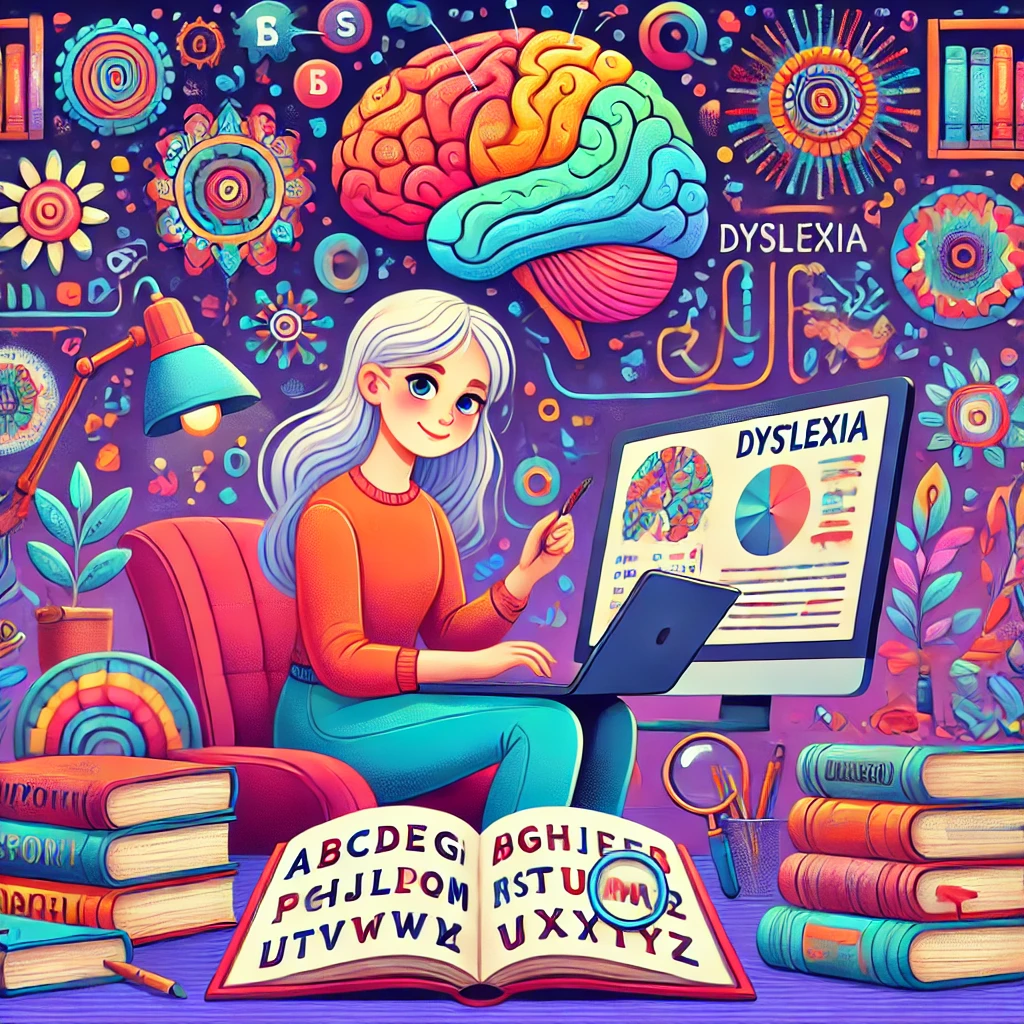About Me

I’m a PhD candidate at the Stanford University Graduate School of Education.
I study developmental cognitive neuroscience in the context of reading and dyslexia research.
I want to use the skills I’ve learned during my PhD to help people who struggle learning to read.
I am graduating in winter of 2026 and am looking for work! Please reach out if you think I could be a good fit for you/your team!
Research Interests
My research focuses on understanding how the brain supports the process of learning to read and how these mechanisms differ among individuals. As a PhD student studying developmental cognitive neuroscience, I employ MRI to study the neural correlates of reading, with a particular focus on children with dyslexia. My dissertation centers on a longitudinal intervention study, aiming to uncover how learning to read changes the brain over time and to identify the neural differences between typical and dyslexic readers. I am particularly interested in exploring which neural traits persist and which are remediated following targeted reading interventions.
Beyond dyslexia, I am deeply interested in understanding the reading challenges faced by Deaf and hard-of-hearing populations. By investigating the neural profiles of individuals who struggle with reading, as well as those who excel despite similar challenges, I aim to uncover key factors that influence reading success. Ultimately, my goal is to use this knowledge to develop more effective, biologically informed interventions that support struggling readers and promote literacy for all.
My Origin Story
My journey into the study of reading began during my undergraduate years at UC Irvine, where I joined the Individualizing Student Instruction Lab led by Dr. Carol Connor. In the lab, I worked on a project that developed reading assessments designed to create profiles of students’ reading abilities. These profiles informed personalized recommendations for teachers, aimed at improving reading outcomes for every student in the classroom. Additionally, we measured classroom instruction and interactions to assess whether individual student needs were being met. This experience ignited my passion for reading research and taught me the value of well-designed, targeted approaches to improving literacy.
Alongside my work in the lab, I pursued studies in American Sign Language (ASL), which opened a new door to understanding the challenges faced by Deaf and hard-of-hearing individuals in learning to read. Through class projects and independent research, I explored the literature on reading difficulties associated with Deafness and hearing impairments. My fascination with the neural mechanisms underlying these challenges deepened after a guest lecture by a leading researcher on the neural processes of language in Deaf individuals.
Encouraged by Dr. Connor and the inspiring mentorship of post-docs, graduate students, and post-bacs in the lab, I decided to pursue graduate studies at Stanford. Under the guidance of Dr. Jason Yeatman and other mentors in the Brain Development and Education Lab, my research interests expanded to include dyslexia and the broader neural mechanisms that underlie reading struggles in all populations. This evolution of my academic path continues to drive my passion for understanding the brain’s role in literacy and improving outcomes for struggling readers.
